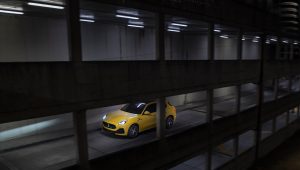Everything you need to know about car seats and kids

Car seats are designed to keep your little one safe on car trips. However, the seats are designed incredibly specifically and so it’s vital to know the right way to strap in and the road rules on car seats for South Africa.
Recently additions to the laws regarding children in cars started specifically addressing how to strap in those under 3 years old. Under the new rules, it is now a legal requirement that all those under 3 are strapped safely into a car seat.
Under the new legislation:
a. A seatbelt shall comply with the standard specification SABS 1080 “Restraining devices for occupants of adult build in motor vehicles (Revised requirements)” and bear a certification mark or approval mark.
b. A child restraint shall comply with the standard specification SABS 1340 “Child restraining devices in motor vehicles” and bear a certification mark or approval mark.
Choosing the correct restraints
There are a number of ways to strap your child into the car and a big determining factor is their weight.
For instants 1 and younger:
Place in a rear-facing car seat or infant car seat. This gives them protection in case of a crash.
For those 1-4 years old:
Once your child has grown out of the infant car seat, the next phase is the forward-facing car seat. This seat limits head movement and protects against side impact on the skull. This is important as the skull of a child this young is not completely formed, making it more vulnerable than an adult.
For those 4-6 years old:
A booster seat can be the next step for a child that has grown out of their forward-facing seat. This will be roughly between 15-25kg weight for the child. This should be continued until they are big enough for an adult seat-belt that can cross their chest.
How to tell if the adult belt fits:
According to Arrive Alive, there are two ways to tell the adult belt fits:
- Seat belt fits low across the hip bones and not over the soft part of the abdomen
- Shoulder or sash strap passes across the outer part of the shoulder, not across the neck
Be sure you’re correctly strapping your child in on every drive. This will make driving with your child safer and avoid any unnecessary injuries in the event of an accident.
Picture: Unsplash







